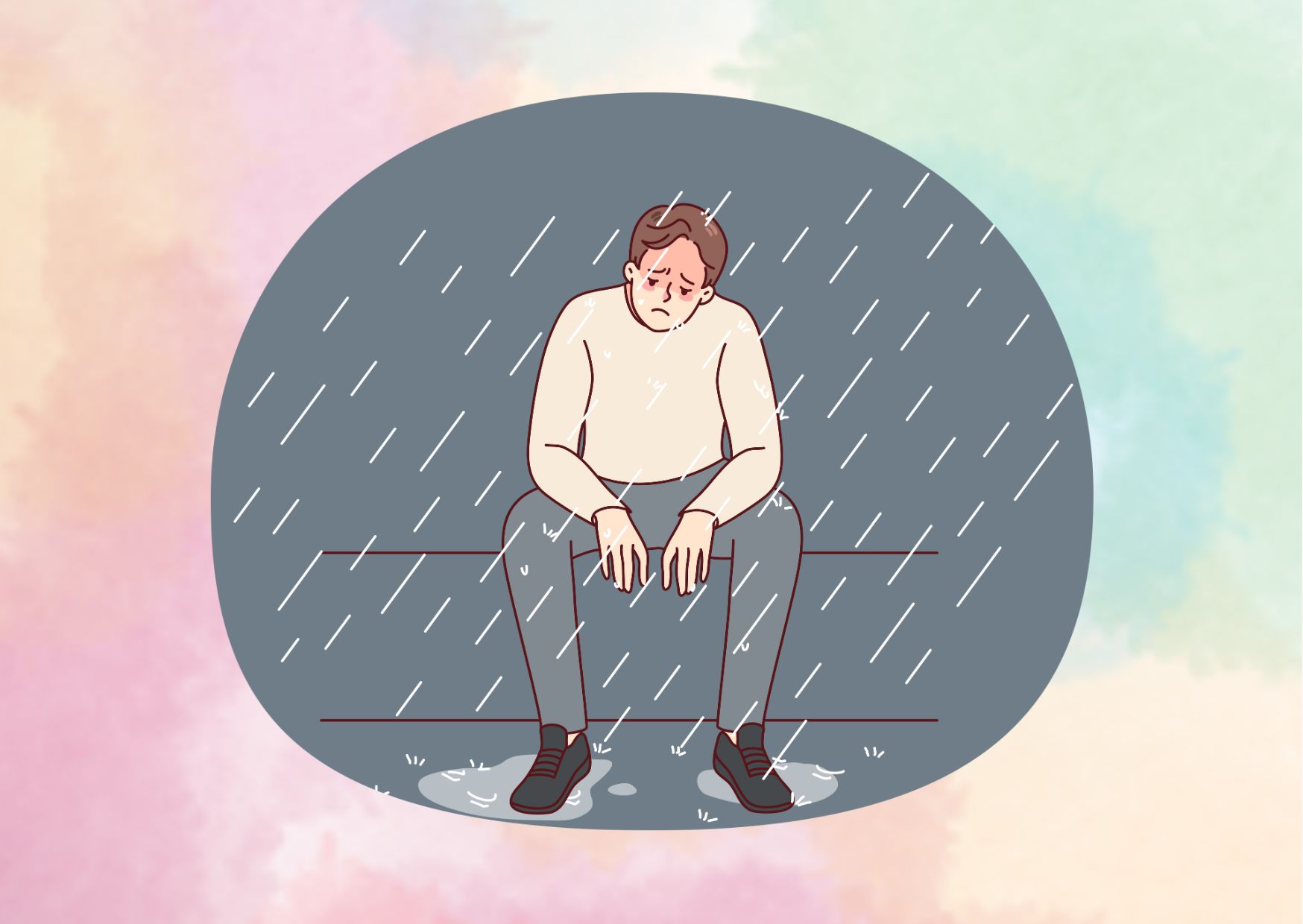Detailed Analysis of Adjustment Disorder
Adjustment disorder is a mental health condition that results from major life changes or recurring stressful events, causing adverse reactions like trouble sleeping, loss of appetite, anxiety, depression, and even suicidal thoughts. The reaction to a stressful change or traumatic experience is often considered an unhealthy or excessive response occurring within three months of the event. Adjustment disorders are quite common, affecting an estimated 2-20% of people globally, and can happen at any age, occurring equally in males and females.
This article delves into understanding adjustment disorder, exploring its symptoms, causes, risk factors, diagnosis, and various treatment approaches like therapy and coping strategies. It also covers different types of adjustment disorders, such as adjustment disorder with depressed mood, anxiety, mixed anxiety and depressed mood, disturbance of conduct, and unspecified forms. Additionally, the article provides insights into managing chronic or persistent adjustment disorder and support systems available.
What is Adjustment Disorder?
Adjustment disorder is a mental health condition characterized by the development of emotional or behavioral symptoms in response to an identifiable stressor or a series of stressors. These symptoms must occur within three months of the stressful event and cause significant distress or impairment in daily functioning.
Types of Adjustment Disorders
There are six main types of adjustment disorders, categorized based on the predominant symptoms exhibited:
- Adjustment disorder with depressed mood
- Adjustment disorder with anxiety
- Adjustment disorder with mixed anxiety and depressed mood
- Adjustment disorder with disturbance of conduct
- Adjustment disorder with mixed disturbance of emotions and conduct
- Adjustment disorder unspecified
The specific type of adjustment disorder is determined by the nature and severity of the symptoms experienced by the individual in response to the stressor.
| Type of Adjustment Disorder | Predominant Symptoms |
| With depressed mood | Feelings of sadness, hopelessness, tearfulness |
| With anxiety | Excessive worry, nervousness, restlessness |
| With mixed anxiety and depressed mood | Combination of anxiety and depressive symptoms |
| With disturbance of conduct | Disruptive behaviors, aggression, recklessness |
| With mixed disturbance of emotions and conduct | Combination of emotional and behavioral symptoms |
| Unspecified | Symptoms do not meet criteria for a specific type |
Adjustment disorders are commonly diagnosed in children, adolescents, and adults, affecting individuals across various age groups and cultures. The condition is characterized by an excessive reaction to stress that involves negative thoughts, strong emotions, and changes in behavior.
Symptoms and Signs
The symptoms and signs of adjustment disorder can vary widely depending on the individual and the nature of the stressful event or life change. However, some common symptoms and signs include:
Emotional Symptoms
- Feeling sad, hopeless, or not enjoying things
- Crying often or having an inability to cry
- Excessive worry, nervousness, or feeling constantly on edge
- Irritability or experiencing frequent mood swings
- Feelings of anxiety or being overwhelmed by stress
Behavioral Symptoms
- Withdrawing from family and friends
- Avoiding responsibilities or daily activities
- Acting defiant or exhibiting impulsive behavior
- Conflicts with others or aggressive outbursts
Cognitive Symptoms
- Difficulty concentrating or making decisions
- Memory problems or forgetfulness
- Intrusive thoughts about the stressful event
Physical Symptoms
- Sleep disturbances or insomnia
- Changes in appetite or weight
- Fatigue or low energy levels
- Physical complaints like headaches or stomachaches
It’s important to note that the symptoms of adjustment disorder typically begin within three months of the stressful event and can last up to six months after the event has ended. However, in some cases, the symptoms may persist for longer, leading to a chronic or persistent adjustment disorder.
| Type of Adjustment Disorder | Common Symptoms |
| With depressed mood | Sadness, hopelessness, tearfulness |
| With anxiety | Excessive worry, nervousness, restlessness |
| With mixed anxiety and depressed mood | Combination of anxiety and depressive symptoms |
| With disturbance of conduct | Disruptive behaviors, aggression, recklessness |
| With mixed disturbance of emotions and conduct | Combination of emotional and behavioral symptoms |
| Unspecified | Symptoms do not fit a specific type |
The severity of the symptoms can vary, but they are often significant enough to cause impairment in daily functioning, work, or social life. If you or someone you know is experiencing symptoms of adjustment disorder, it’s essential to seek professional help from a mental health professional for proper diagnosis and treatment.
Causes and Risk Factors
Adjustment disorders are triggered by major life stressors or changes that disrupt an individual’s normal routine and coping mechanisms. While the specific causes can vary, some common factors contribute to the development of this condition:
Major Life Stressors
- Divorce or marital problems
- Relationship difficulties or interpersonal conflicts
- Significant life transitions (e.g., retirement, having a baby, moving)
- Negative experiences (e.g., job loss, financial problems, death of a loved one)
- Traumatic events (e.g., physical assault, natural disasters, combat exposure)
- Ongoing stressors (e.g., chronic illness, living in a high-crime area)
- Multiple major changes or negative experiences occurring simultaneously
These stressful events can overwhelm an individual’s ability to cope, leading to the manifestation of adjustment disorder symptoms.
Risk Factors

